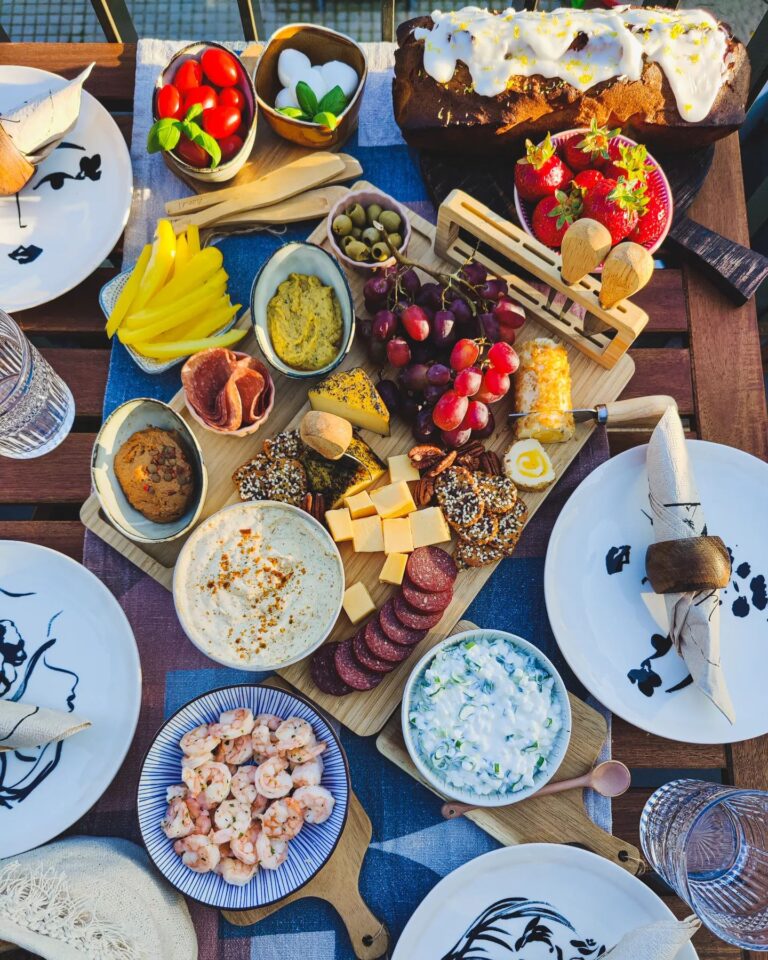Cooking Through Cultures: Understanding International Relations Through Dishes
Food is the universal language that transcends borders and tells the tale of a culture’s history, struggles, and triumphs. While books and lectures might offer us formal knowledge, the act of cooking and tasting dishes from diverse cultures provides a firsthand experience that no class can replicate. As college students delve deeper into the intricate web of international relations, many find that understanding and experiencing world cuisines deepens their comprehension and brings academic concepts to life.
Sometimes, as assignments pile up and deadlines approach, students often wish they had a paper writing service to do my discussion post for me. Yet, amidst the stress of academia, pausing to appreciate the symphony of flavors from around the world might just be the immersive learning experience they need.
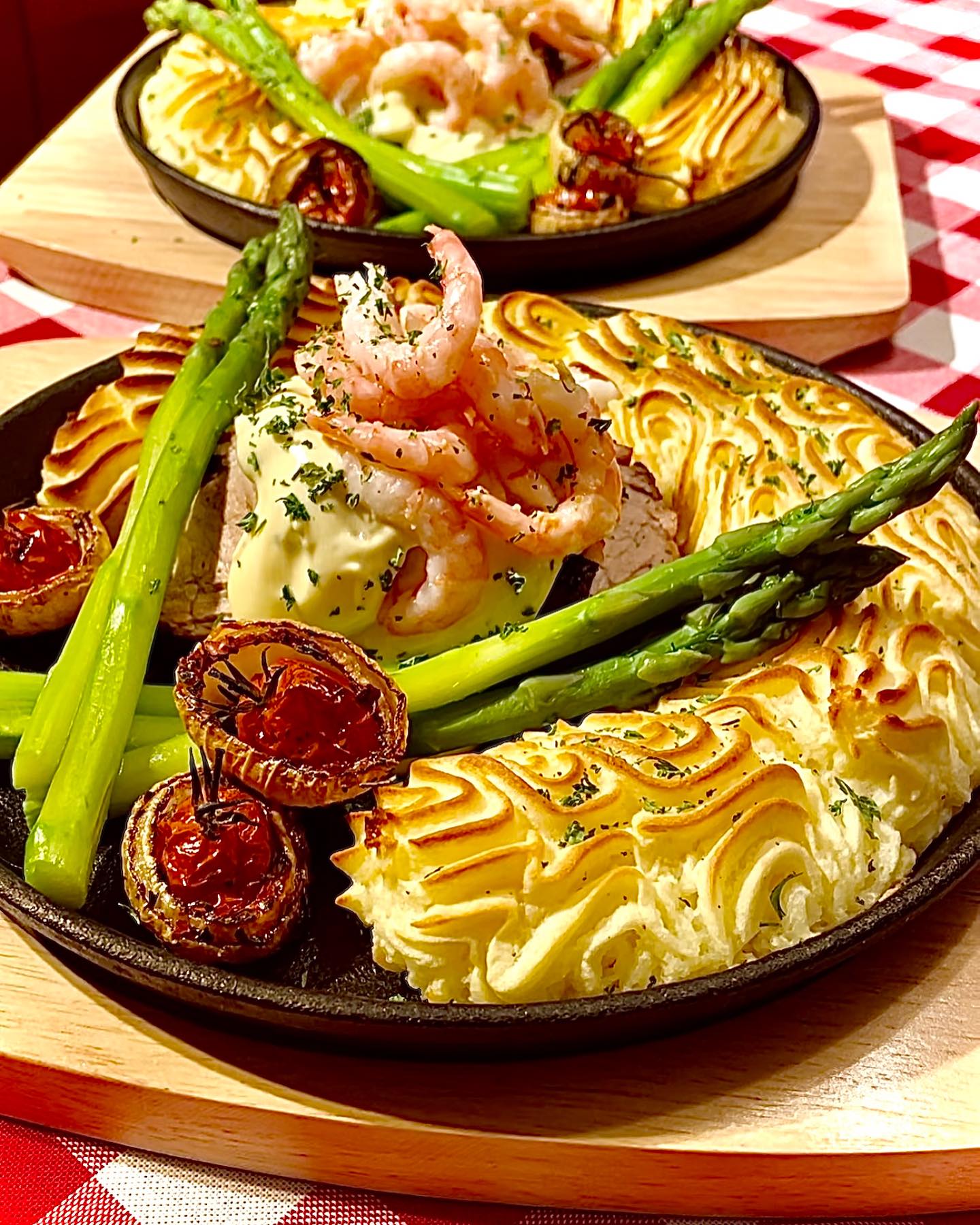
The Historical Significance Behind Each Dish
When delving into history or politics, the intricate nature of a nation’s dishes speaks volumes about its past, unraveling tales of conquests, migrations, and exchanges.
Trade and Colonization’s Influence: Across eras, as nations expanded their territories and established trade routes, local cuisines were transformed. The incorporation of spices into European recipes serves as a prime example, with connections stretching back to ancient trade passages linking Europe with the Asian continent.
Impacts of Migration: As populations moved, seeking better opportunities or fleeing adversities, they carried with them culinary traditions. The UK’s fondness for curry provides a telling example, a flavor brought and made mainstream by the South Asian diaspora.
Food as a Window to Socio-Economic Realities
A region’s food not only tantalizes the taste buds but also narrates stories of its socio-economic fabric, presenting students with a flavorful way to study societal structures:
Adapting to Local Resources: Many iconic dishes revered today were born out of necessity, utilizing what was readily available. The prominence of rice dishes in Asian menus underscores this, drawing from the agricultural richness of these regions.
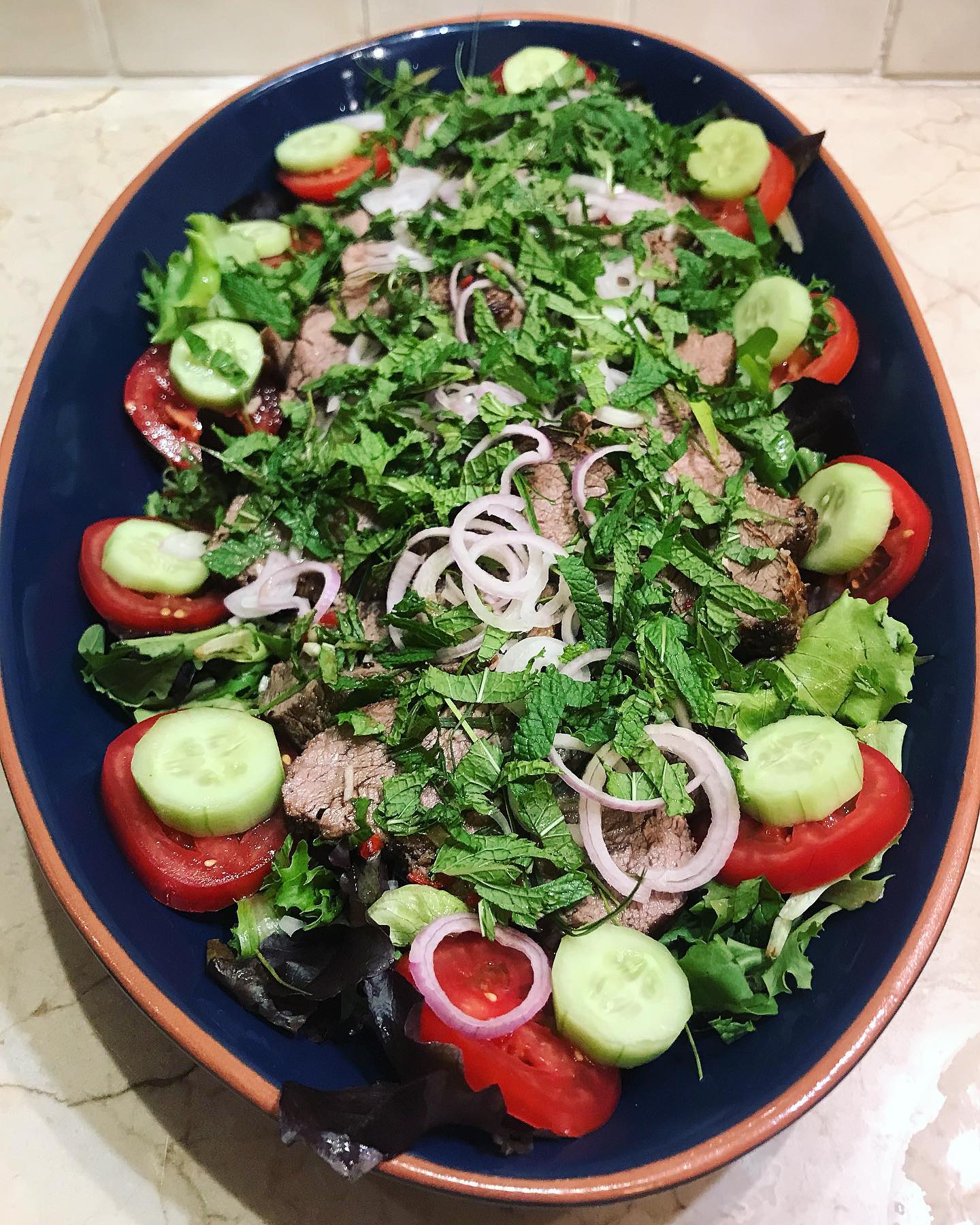
Celebrations and Crises: The richness or simplicity of traditional dishes can be indicative of the socio-economic conditions prevailing during their inception. Opulent dishes, often showcased during festivals, point toward times of prosperity, while simpler fare might have origins in more challenging times.
Food and Faith: A Deeply Intertwined Relationship
Religious beliefs and culinary practices share a deeply ingrained connection that goes beyond mere sustenance. The intricate interplay between faith and food serves as a fascinating lens to view and understand the cultural tapestry of societies:
Dishes of Devotion: Every corner of the world has religious celebrations that are marked by the preparation of unique, often elaborate dishes. These recipes, handed down through generations, become a testament to faith and devotion. The end of daily fasts during Ramadan serves as a poignant example. As twilight descends, Muslims worldwide partake in the ritual of breaking their fast with dates and water, setting the stage for an elaborate, communal meal that follows.
Decoding Dietary Laws: Exploring the intricacies behind the dietary rules and customs of different religions provides a deeper dive into their guiding principles and beliefs. By understanding the reasons behind the prohibitions or inclinations toward certain foods, one gains a more profound insight into the spiritual and moral foundations of that faith.
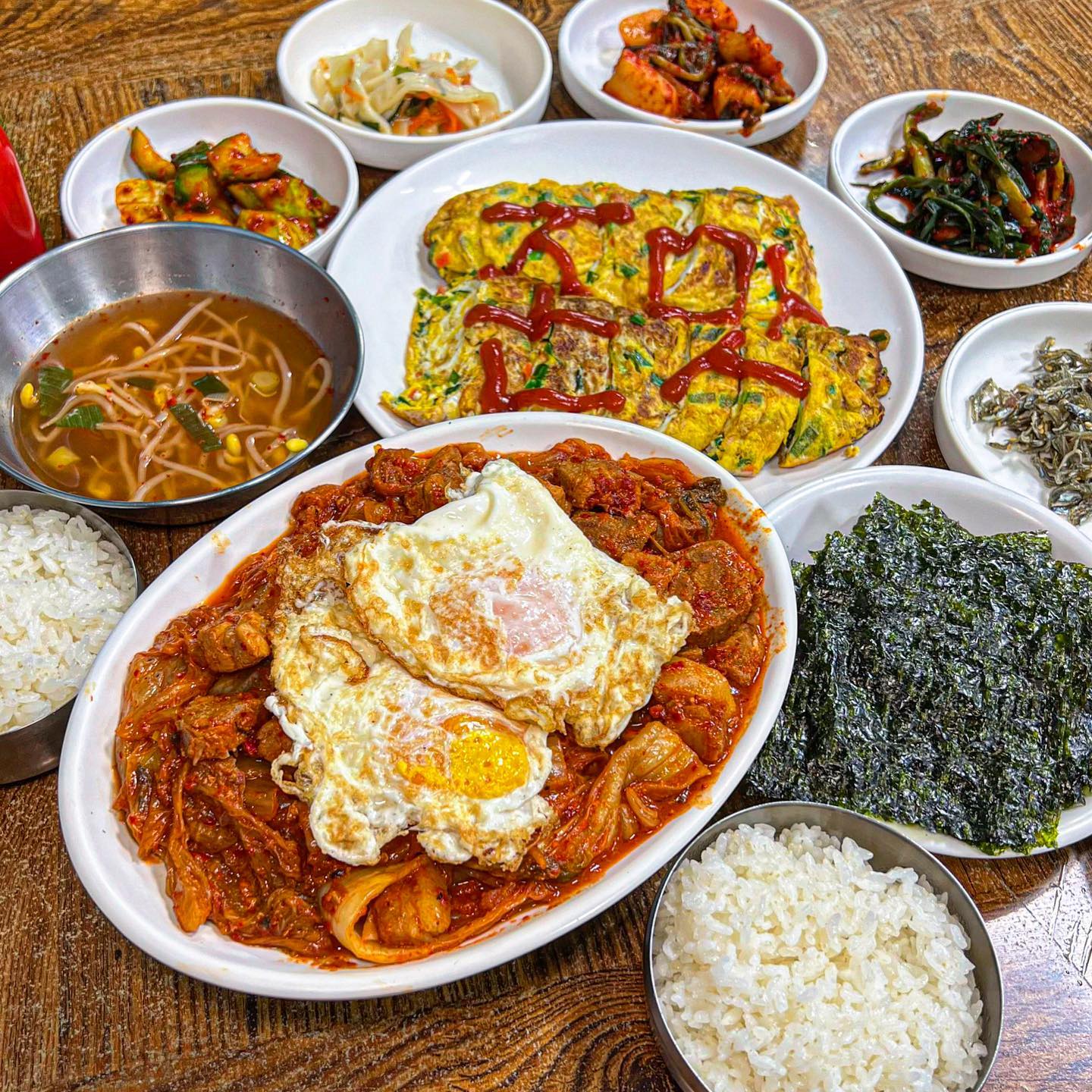
Using Food as a Bridge in Diplomatic Endeavors
Amid the complexities of international relations, food emerges as a subtle yet impactful tool to bridge divides and foster understanding:
Gastronomic Galas at State Banquets: Official banquets during diplomatic missions are more than just grand meals. They are carefully orchestrated affairs where countries take pride in showcasing their best culinary masterpieces, subtly hinting at their cultural richness and diversity.
Fostering Ties Through Culinary Exchanges: Programs that encourage culinary aficionados, be they budding students or expert chefs, to study and immerse in overseas culinary traditions are instrumental. They not only propagate culinary skills but also foster an environment of mutual respect and admiration, leading to more robust international ties.
Navigating Culinary Landscapes during College Years
For college students, the campus becomes a microcosm of the world, presenting numerous opportunities to delve into diverse food cultures:
Becoming Part of Culinary Societies: Almost all esteemed universities and colleges have active culinary societies. Participating in these clubs doesn’t just enhance one’s cooking skills but also provides a vibrant platform to interact, share, and appreciate the plethora of world cuisines.
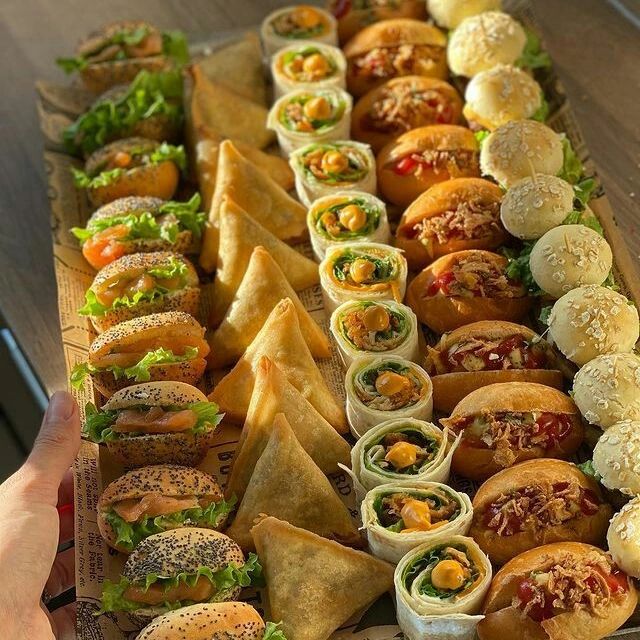
Hosting and Participating in Cultural Dinners: Organizing or attending themed dinner nights can be an enriching experience. Beyond just the flavors on the plate, these events can be elevated by intertwining them with interactive sessions discussing the origins, history, and traditions associated with the dishes served, making the meal both delicious and informative.
Conclusion
While theoretical knowledge is vital, immersing oneself in practical experiences like cooking and tasting can elevate a student’s understanding of international relations. Just as many turn to a detailed EssayPro review for insights into academic writing assistance, turning to the culinary world can provide deep, flavorful insights into global cultures and histories.

